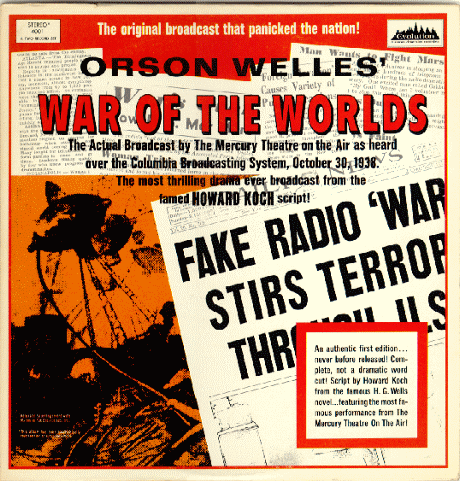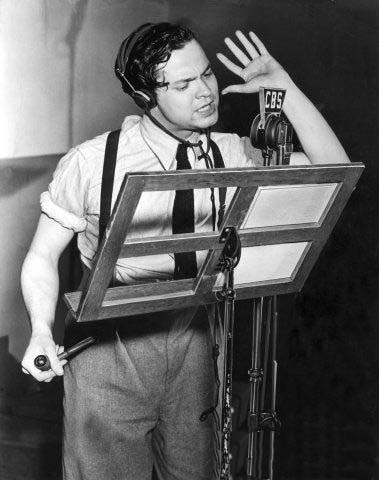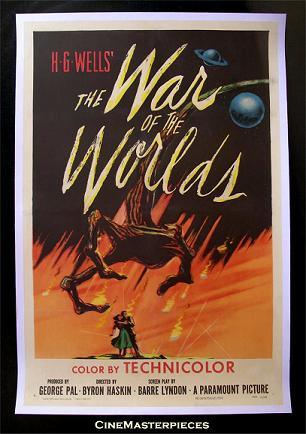 Splatter Cinema Presents POLTERGEIST (1982); Dir. Tobe Hooper; Starring JoBeth Williams, Craig T. Nelson and Zelda Rubenstein; Tuesday, September 10 @ 9:30 p.m. (photos and merch table open @ 9 p.m.); Plaza Theatre; Trailer here.
Splatter Cinema Presents POLTERGEIST (1982); Dir. Tobe Hooper; Starring JoBeth Williams, Craig T. Nelson and Zelda Rubenstein; Tuesday, September 10 @ 9:30 p.m. (photos and merch table open @ 9 p.m.); Plaza Theatre; Trailer here.
By Aleck Bennett
Contributing Writer
It’s Splatter Cinema time once again! And with September upon us, and the first hints of autumn in the air, it’s also time for ghosts to take flight. With that in mind, Splatter Cinema and the legendarily haunted Plaza Theatre join forces to bring you POLTERGEIST! Come by at 9 to have your picture made in a recreation of a scene from the movie, and stop by the merch table!
POLTERGEIST, man. It’s a movie that comes with a lot of baggage if you’re a horror film fan. It’s impossible to dig into the movie at all without getting tangled up in contradictory recollections of who’s responsible for the final product. And it’s incredibly easy to wind up in vicious arguments with fellow horror geeks just by venturing into that subject. The question that inevitably gets asked and debated over is this: who actually directed the movie?
It’s a tough question to answer. Superficially speaking, it’s a Tobe Hooper film. His name is on it as director, the Director’s Guild of America states that he’s the director, and there are plenty of people who worked on the movie who steadfastly insist that Hooper directed it. But on the other hand, there are also plenty of people who worked on the film that say that producer Steven Spielberg was the man really calling the shots (Spielberg himself even implied as much in pre-release interviews, only to have to backtrack and issue public apologies afterward). Many claim that Spielberg took over for an unreliable Hooper, but due to DGA rules and his exclusive contract with Universal Studios to make E.T., he could not remove Hooper’s name from the project and claim ownership for himself. Others claim that it was a much more collaborative effort than simply one-or-the-other, and that all of Hooper’s directorial decisions were made in conjunction with Spielberg. (In any case, most people agree that Spielberg had final say.)
 Then you have those who believe that this whole “Spielberg was really the director” rumor came from the studio itself. That when faced with having to market a “family friendly” film helmed by the director of 1974’s THE TEXAS CHAIN SAW MASSACRE—a man whose name wasn’t a sure-fire selling point—the studio leaked that Spielberg was the “real” director of the movie. A behind-the-scenes featurette was made that only showed Hooper once: standing alone, silent, drinking a can of Coke and identified only by a subtitle. In the set of film stills released to the press to promote the film, there were several shots of Spielberg on set, but only one of Hooper—and in that shot, he’s sitting next to Spielberg, who is telling Hooper what to do. In the trailer, Spielberg’s name is mentioned and appears onscreen twice before Tobe Hooper’s, whose name is never spoken and in much smaller type than the credit “A STEVEN SPIELBERG Production.” The whole thing does smack of the studio wanting to distance itself from Hooper.
Then you have those who believe that this whole “Spielberg was really the director” rumor came from the studio itself. That when faced with having to market a “family friendly” film helmed by the director of 1974’s THE TEXAS CHAIN SAW MASSACRE—a man whose name wasn’t a sure-fire selling point—the studio leaked that Spielberg was the “real” director of the movie. A behind-the-scenes featurette was made that only showed Hooper once: standing alone, silent, drinking a can of Coke and identified only by a subtitle. In the set of film stills released to the press to promote the film, there were several shots of Spielberg on set, but only one of Hooper—and in that shot, he’s sitting next to Spielberg, who is telling Hooper what to do. In the trailer, Spielberg’s name is mentioned and appears onscreen twice before Tobe Hooper’s, whose name is never spoken and in much smaller type than the credit “A STEVEN SPIELBERG Production.” The whole thing does smack of the studio wanting to distance itself from Hooper.
 Add in that Hooper hasn’t had the most spotless track record beyond TEXAS CHAIN SAW MASSACRE, SALEM’S LOT (1979) and POLTERGEIST (though I love 1977’s EATEN ALIVE and 1981’s THE FUNHOUSE more than I have any reasonable right to; I’m in the distinct minority on that issue) and the picture gets muddier and muddier, and it’s just a messy situation any way you look at it.
Add in that Hooper hasn’t had the most spotless track record beyond TEXAS CHAIN SAW MASSACRE, SALEM’S LOT (1979) and POLTERGEIST (though I love 1977’s EATEN ALIVE and 1981’s THE FUNHOUSE more than I have any reasonable right to; I’m in the distinct minority on that issue) and the picture gets muddier and muddier, and it’s just a messy situation any way you look at it.
The real question, though, is this: is POLTERGEIST a good movie? And the answer is—no matter who’s responsible for it—yes. It’s a good movie. But it’s not great. It feels like a compromise in many regards, and that’s what has given the authorship argument legs over the years. You get the feeling that it wants to be a lot scarier than it is, but that it too frequently errs on the side of playing it safe. It seems really conscious of the fact that it must receive a PG rating. There are certainly some terrifying moments (please note: a scene that begins with a steak crawling across a countertop can’t end well, and clowns are always harbingers of doom), but any suspense tends to get overshadowed by Spielbergian spectacle.
 However, it’s a tremendously fun movie. The story is simple: the Freelings are living in quiet suburban comfort when their house is suddenly plagued by poltergeist activity, and their daughter Carol-Anne is taken by the spirits into their ghostly realm. The family calls upon a team of psychic researchers and a medium to exorcise their home and save their daughter. Within this basic framework, any number of frightening set pieces have been constructed, and to see them executed on the big screen is a rare treat. POLTERGEIST is the kind of movie that just doesn’t translate to home video viewing effectively; it must be seen LARGER THAN LIFE for the visuals to really deliver. The performances are engaging and authentic, drawing the audience in and rooting them in the movie’s emotional core. JoBeth Williams and Craig T. Nelson have a chemistry together that both makes us believe them as the married couple they’re portraying and allows us to share their fright and torment as the supernatural elements ramp up. And though her performance has been parodied and lampooned endlessly, Zelda Rubenstein as the diminutive medium Tangina Barrons is incredibly memorable and effective, her kindly demeanor and small stature belying the force of will and strength she brings to the surface.
However, it’s a tremendously fun movie. The story is simple: the Freelings are living in quiet suburban comfort when their house is suddenly plagued by poltergeist activity, and their daughter Carol-Anne is taken by the spirits into their ghostly realm. The family calls upon a team of psychic researchers and a medium to exorcise their home and save their daughter. Within this basic framework, any number of frightening set pieces have been constructed, and to see them executed on the big screen is a rare treat. POLTERGEIST is the kind of movie that just doesn’t translate to home video viewing effectively; it must be seen LARGER THAN LIFE for the visuals to really deliver. The performances are engaging and authentic, drawing the audience in and rooting them in the movie’s emotional core. JoBeth Williams and Craig T. Nelson have a chemistry together that both makes us believe them as the married couple they’re portraying and allows us to share their fright and torment as the supernatural elements ramp up. And though her performance has been parodied and lampooned endlessly, Zelda Rubenstein as the diminutive medium Tangina Barrons is incredibly memorable and effective, her kindly demeanor and small stature belying the force of will and strength she brings to the surface.
So forget the controversy over who did what. Nobody knows to this day whether Howard Hawks or the credited Christian Nyby directed 1951’s THE THING, but what is remembered is the film itself. Likewise, enjoy POLTERGEIST for the movie it is, rather than whose movie it is.
Now, who wants to speculate over the film’s relationship and debts to Richard Matheson’s “Little Girl Lost,” and why Spielberg was so quick to get TWILIGHT ZONE: THE MOVIE into production?
Aleck Bennett is a writer, blogger, pug warden, pop culture enthusiast, raconteur and bon vivant from the greater Atlanta area. Visit his blog at doctorsardonicus.wordpress.com




